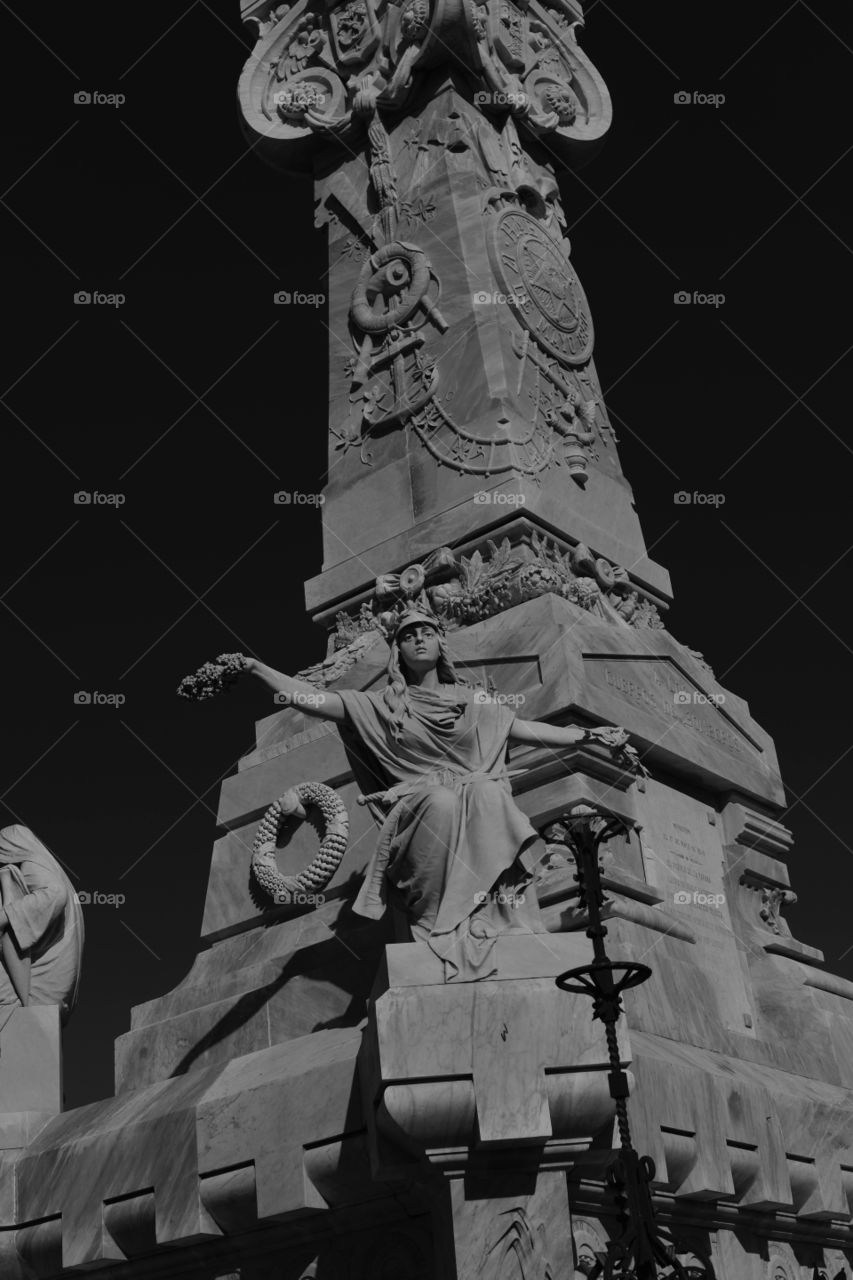The Colon Cemetery, or more fully in the Spanish language Cementerio de Cristóbal Colón, was founded in 1876 in the Vedado neighbourhood of Havana, Cuba on top of Espada Cemetery. Named for Christopher Columbus, the 140 acre (57 ha) cemetery is noted for its many elaborately sculpted memorials. It is estimated that today the cemetery has more than 500 major mausoleums, chapels, and family vaults. Colon Cemetery is one of the great historical cemeteries of the world, and is generally held to be the most important in Latin America in historical and architectural terms, second only to La Recoleta in Buenos Aires. Prior to the opening of the Colon Cemetery, Havana's dead were laid to rest in the crypts of local church catacombs and then, beginning in 1806, at Havana's newly opened Espada Cemetery. When locals realized there would be a need for a larger space for their community’s dead (due to an 1868 cholera outbreak), planning then began for the Colon Cemetery.
Photo by jshiuk
Royalties free, Commercial & Editorial use
$10.00


